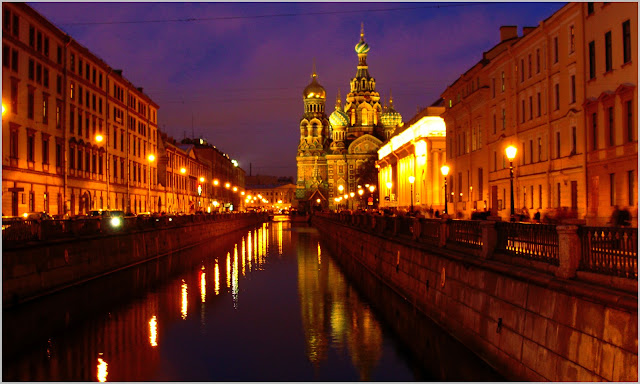Nineteenth Century Eclecticism in the Pseudo-Russian Style of Church of the Savior on Blood
Hey there, let's dive into the fascinating world of nineteenth century eclecticism as seen in the pseudo-Russian style showcased at the Church of the Savior on Blood. This architectural marvel combines elements from various historical periods and cultural influences, creating a unique and visually striking aesthetic.
The use of colorful glazed tiles, intricate mosaics, and onion domes typical to Russian architecture all come together to make this church a standout example of eclectic design. The blending of different styles reflects not only artistic innovation but also serves as a testament to Russia's rich history and cultural heritage.
As you explore this stunning landmark, take note of how each detail contributes to its overall grandeur - from ornate carvings to elaborate patterns that adorn every surface. It's truly a masterpiece that embodies creativity without boundaries.
In conclusion, studying nineteenth century eclecticism through examples like Church of the Savior on Blood offers valuable insights into how diverse influences can harmoniously coexist in one magnificent structure. So next time you visit this iconic site, remember to appreciate not just its beauty but also its role in shaping architectural history.
One of the first artists who worked in such a style, derived from ancient Russian wooden architecture, was Ropet IP (real name I. Petrov). Ropet supervised the construction of wooden buildings at the Russian Pavilion of the World’s Fair in Paris in 1878.
The Cathedral of the Resurrection on the Griboyedov Canal was built in 1883-1907 by the architect A. Parland. Here, on March 1, 1881 was an assassination attempt on Emperor Alexander II, in which the emperor was killed.
Savior on the Blood was under construction for a long time. Its consecration didn’t even take place until 19 August 1907, when Nicholas II, the grandson of Alexander II, was already emperor.
Savior on the Blood was created in the Russian style, the image of Moscow's St. Basil's Cathedral, decorated with mosaic panels made from drawings by Viktor Vasnetsov and other artists. This is the only Orthodox Cathedral with a mosaic decoration area of 7065 square meters - one of the largest mosaic collections in Europe.
At the heart of the composition of the temple is the compact bushel, which is crowned with five domes. The central dome of the complex is 81 meters tall. The Cathedral has an asymmetric shape along the elongated east-west axis. The end result of the Savior on the Blood is nine crowned domes, some with gold-plated finish, and some with enamel.
Savior on the Blood was built with an unusual engineering technique, which was necessary due to its location on the banks of the canal. To construct a solid foundation such that the channel water did not penetrate any structural elements, the use of piles was impossible. For the first time in urban planning, a concrete base was constructed for the entire building.









.jpg)

Comments
Post a Comment